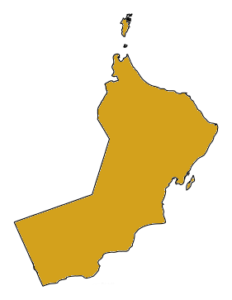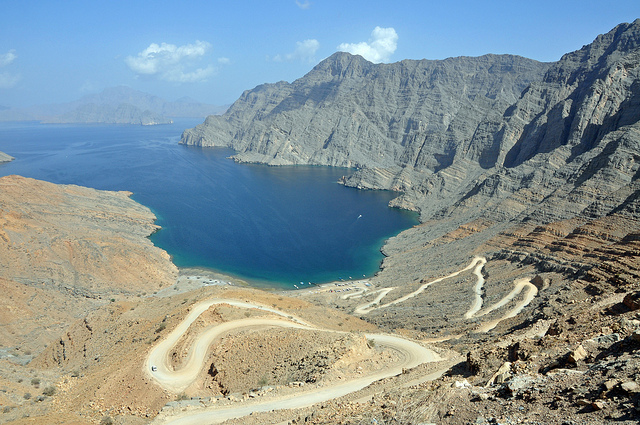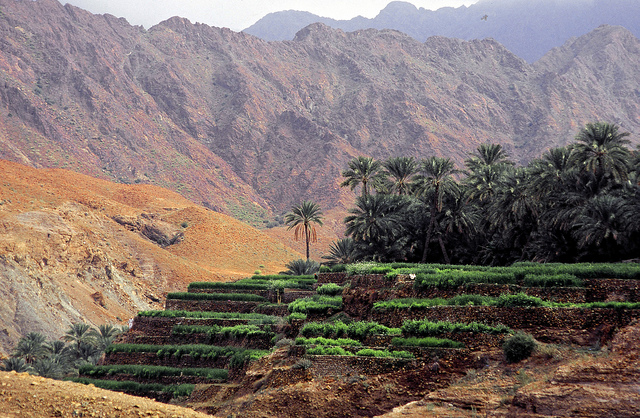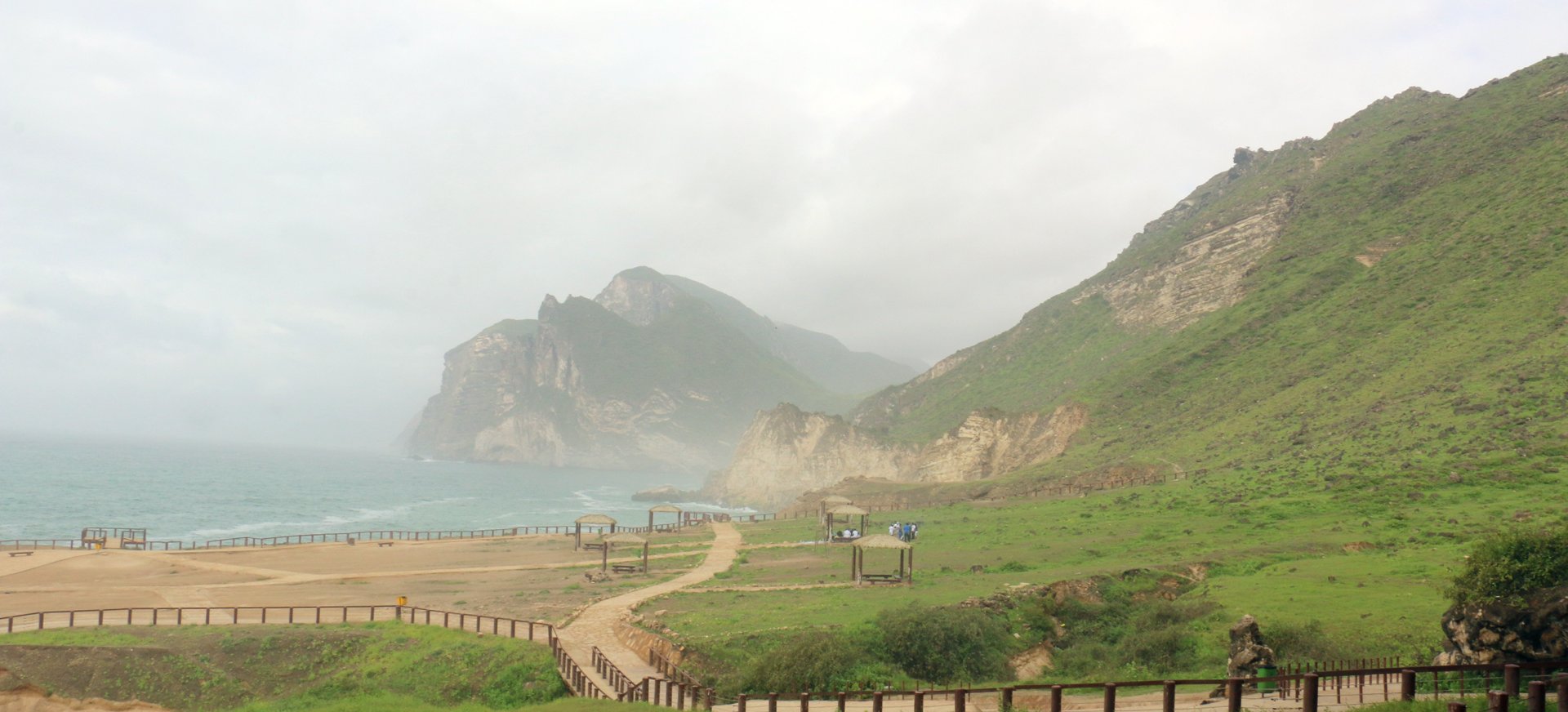About Oman

Hosting City: Muscat – Oman
Muscat Governorate is considered the pulsating heart of Oman. It is linked to Port Sultan Qaboos by Muttrah Corniche where the visitor to Muscat can view the wonderful variety of nature: golden beaches, mountainous heights, and golden sand dunes (Bawshar Sands).
Perhaps what is striking about Muscat Governorate and its states is the breathtaking intermingling of ancient cultural heritage and modern style. You will see houses, gates, old markets, small shops, and winding roads redolent of authentic history, side by side with modern markets, shops, buildings, and streets stamped with modern architecture. This allows Oman to preserve its historic character, and at the same time enjoying its contemporary spirit. Muscat is renowned as one of the cleanest Arab capitals, and has gained the honour of winning the Cleanest Arab City Contest several consecutive times.
Muscat as a city has played a prominent historical role due to its strategic location.
Muscat Governorate Wilayt are: Muscat, Mutrah, Bawshar, Al Seeb, Qurayyat, and Al Amirat.

Architecture in Oman
The evolution of architecture is a measure of a nation’s civilisation and Oman abounds with a number of cultural buildings that stand as a testament to this art. As a visitor to the cities of Oman, you will surely observe the diligent efforts to preserve this ancient and traditional architecture that is characterised by its simple lines. It avoids high rises, yet maintains an understated elegance of its own. The castles, forts and walls are a testament to an architectural style that has defence in mind, the most famous being Jabreen Castle and Bahla Fort and Walls (Sur Bahla), included in the World Heritage Sites list.
Like the country’s diverse terrain, architectural styles vary in Oman with the change of scenery. The types of houses built in Musandam Governorate are examples of this diversity. There are the mountain houses, houses like Bayt AlQefel (the lock house), Bayt Al Areesh Al Mua’laq (the hanging vine house) built to employ the natural air currents to form a cooling system able to beat the scorching heat of the summer months. Misfat Al `Abriyyin village in A’Dakhiliyah Region is considered another outstanding testament to this environmentally friendly style of architecture.
As Sultan Qaboos Grand Mosque in Wilayt Bawshar, Muscat Governorate, is a live monument housing a collection of Islamic art. In addition to its distinctive architectural features and the innovative approach to the construction of the mosque itself, its corridors display a rich array of the art of Islam.

The Strait of Hormuz
The reason for this name is that The Strait of Hormuz was in the centre of the Kingdom of Hormuz in ancient times. This strait, which 20-30 oil tankers traverse per day, is one of the world’s major waterways and the busiest in maritime activities.
The Strait of Hormuz is located in the Governorate of Musandamon the Arabian Gulf and separates the Arabian Gulf on the one hand, and the Gulf of Makran, the Sea of Oman, the Arabian Sea and the Indian Ocean on the other. This meeting point is called the “Gate of the Lion’s Jaws”.
Overlooking the Strait of Hormuz from the north is Iran (province of Bandar Abbas) and from the south the Sultanate of Oman (Musandam) which oversees the maritime traffic, as the navigable section of the Straits is within its territorial waters.
Spreading across the Strait is a myriad of mountains and rocks forming several islands such as Salamah Wa Banatiha Island, Musandam Island and Birds Island (this island harbours many different species of birds that have made this village their haven for nesting).
In spite of the importance of the Straits and the density of traffic in it, certain areas have been allocated to tourist ships so that the public can enjoy the beautiful scenery and experience the adventure of passing through one of the world’s most important waterways.

Al Jabal Al Akhdar (Green Mountain)
This rises to a height of 2,980 metres and is famous for its wide plateau close to the summit. The journey from Muscat to Al Jabal Al Akhdar takes about two hours and can only be undertaken by four-wheel drive.
Al Jabal Al Akhdar is known for its Mediterranean climate. Temperatures drop during winter to below zero Celsius, with snow falling at times, and rise in summer to 22 degrees Celsius. Due to its location and unique weather, the Green Mountain produces a variety of fruits, such as apricots, plums, figs, grapes, apples and pears, as well as almonds, walnuts and saffron. The pomegranate that grows here is classified among the finest of its kind in the world.
Spread across the mountain are many Omani villages. Villagers have dug terraces in some parts of the mountain for growing crops.

Khawr Al Maghsayl
Khawr Al Maghsayl lies at the eastern end of Jabal Al Qamar (Moon Mountain) in the Governorate of Dhofar. The area of this lagoon is about half a square kilometre, its length is about three kilometres and its width 150 metres. The lagoon’s importance lies in maintaining important species of indigenous and migratory birds which inhabit the lagoon due to the abundance of food throughout the year. Some birds migrate from Africa, some from Europe and others from India, while others are permanent residents of the lagoon.
Photography fans or bird watchers can watch these birds any time of the day.


